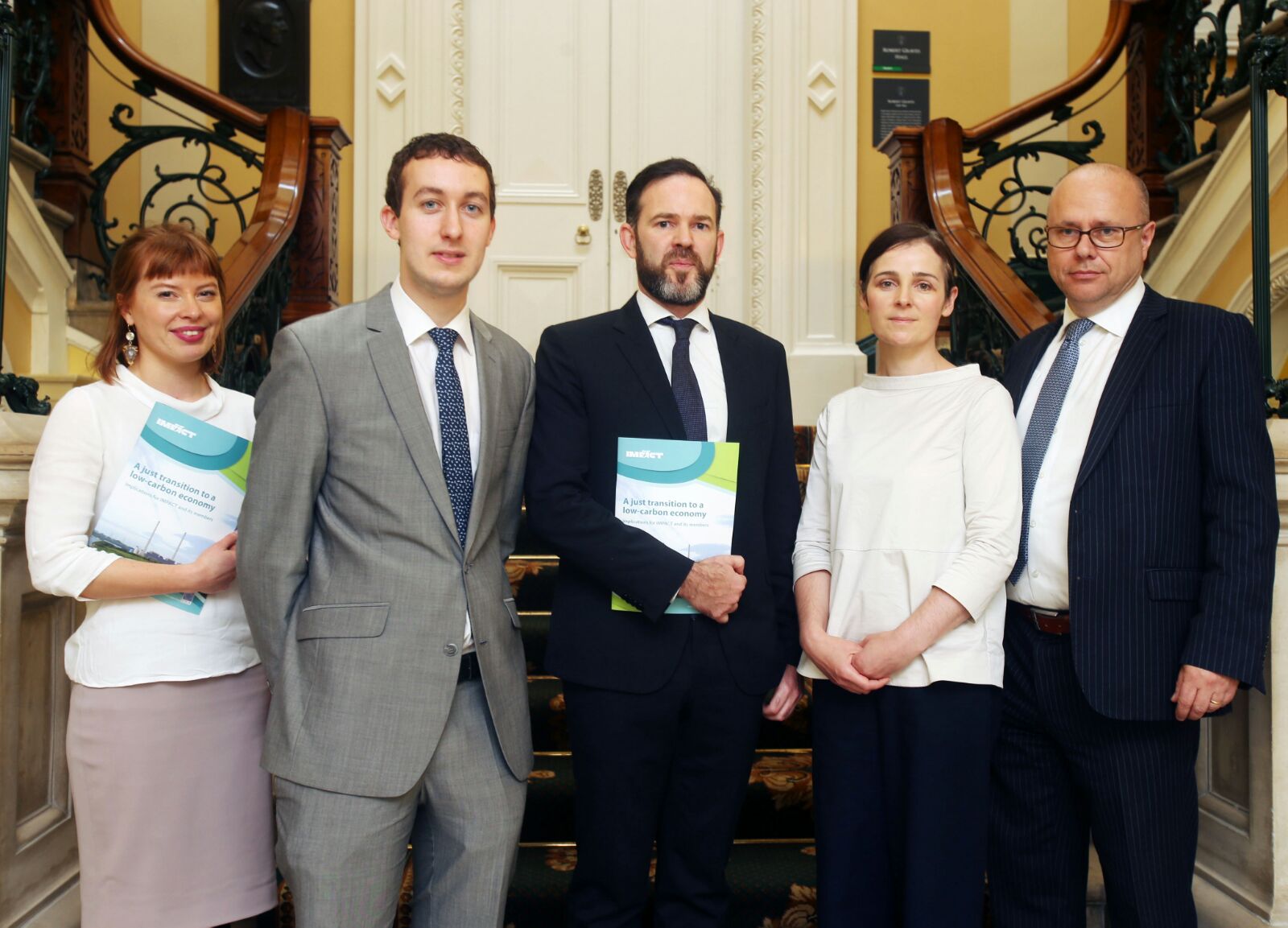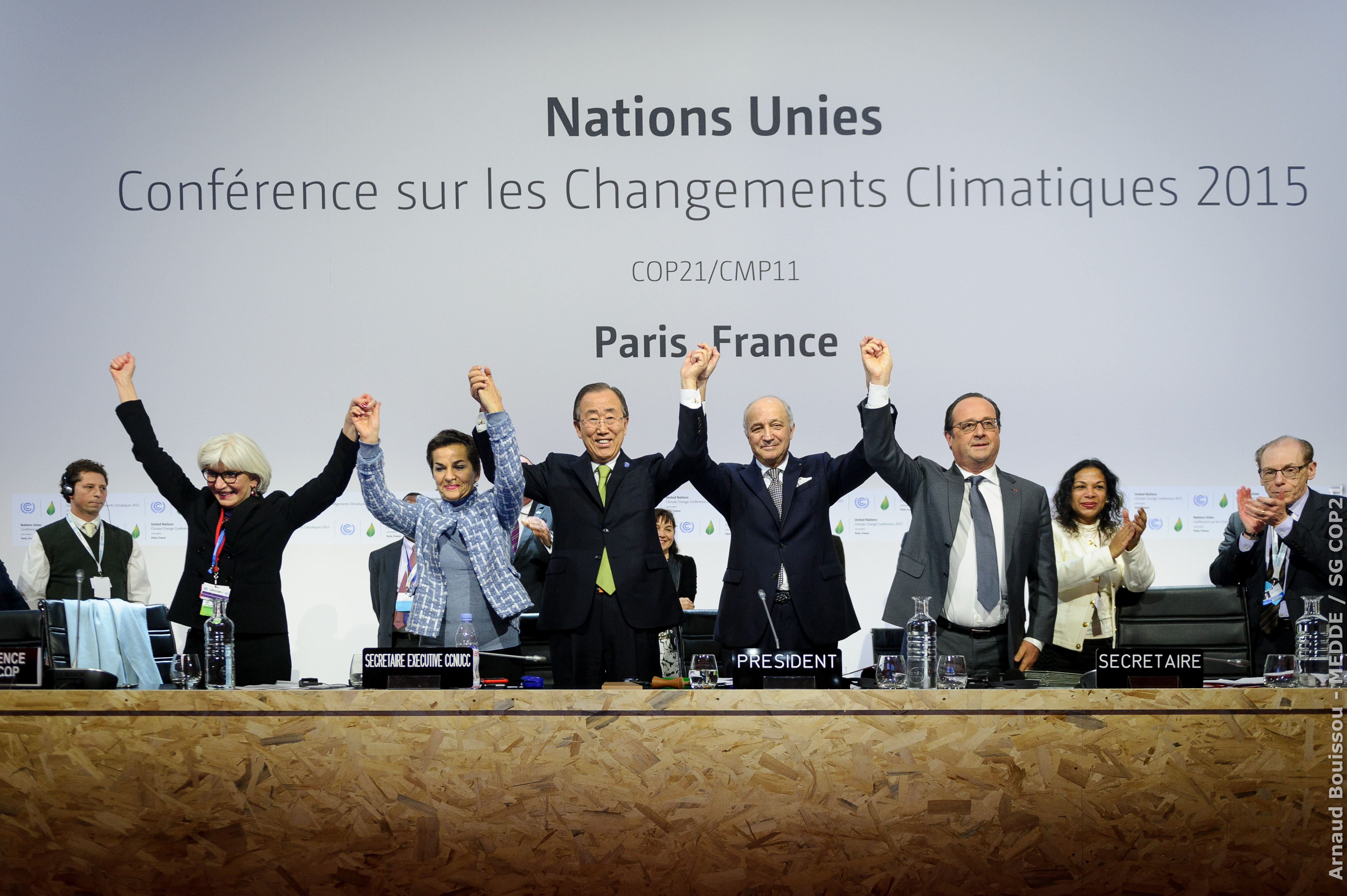SEAI outlines ‘urgent need’ to reduce fossil fuel reliance

13 December 2018:
Ireland continues to face an uphill challenge to reduce fossil fuels reliance across transport, heating and electricity, the Sustainable Energy Authority of Ireland (SEAI) has warned.
Findings in the SEAI’s latest Energy in Ireland report shows that over 90 per cent of all energy used in the country last year came from fossil fuels, in line with findings from previous years.
Overall, energy demand rose by half a per cent in 2017 as the economy grew by three per cent, the report finds.
Ireland did become a world leader in renewable electricity as we reached record levels of electricity generation from wind last year.
The report points to a two per cent reduction in carbon dioxide emissions from energy used in 2017 due to increased electricity generation from wind.
Overall, energy-related CO2 emissions were 18 per cent below 2005 levels.
Renewables made up over 10 per cent of gross final consumption relative to our 2020 target of 16 per cent. This avoided 4.1 million tonnes of CO2 emissions and €439 million of fossil fuel imports.
Despite this, Jim Gannon, the chief executive of SEAI, said that we still need to “accelerate the pace of change” to take advantage of the renewable energy options available to us here in Ireland.
“The development of Irish sources of renewable energy can create local jobs and encourage inward investment,” he said.
“Renewable energy is essential to support the transition to a sustainable economy – one that is not wedded to the use of imported fossil fuels.”

Transport emissions
Energy demand in transport – the single largest sector of energy use – went up by 2 per cent in 2017.
The SEAI report calls for a “rapid transition” from diesel and petrol to a largely electrified passenger fleet.
The Government must also consider electrification of public transport systems, alongside alternative fuels for commercial, public transport and freight vehicles, the report finds.
Earlier today, the Minister for Climate Action, Richard Bruton TD outlined his intention to increase the level of biofuel used in road transport fuels from eight to 10 per cent from January 2019.
Biofuels, such as bioethanol and biodiesel, can be made from the likes of sugarcane, wheat and corn and waste materials such as plant oils and animals fats.
Mr Bruton also published a draft order that will increase the level of renewable energy used in the transport sector further to 11 per cent from 1 January 2020.
The Department of Climate Action (DCCAE) estimates the move will lead to the replacement of 70 million litres of fossil fuel with biofuel.
The move will also reduce Ireland’s emissions by almost 200,000 tonnes of carbon each year, the Department said.
However, according to the European think tank, Transport and Environment (T&E), current EU laws promoting biofuels for transport will lead to “higher, not lower greenhouse gas emissions up to 2020”.
A report from T&E released last year found that over half of the crops used to produce biodiesel in the EU are been imported and are not grown by European farmers.
The 2017 EU Energy Statistical Pocketbook revealed that biodiesel from rapeseed, palm and soya vegetable oils made up 80 per cent of the EU biofuels market.
Public sector
Final energy use in the commercial and public services sector increased by over four per cent, the SEAI found.
The figure would have been higher (over seven per cent) if we did not have an exceptionally warm year in 2017 that meant less energy was required for heating, the report finds.
Earlier this month, another SEAI report on energy efficiency found that public sector bodies have saved over €1 billion on energy and avoided 3.6 million tonnes of CO2 emissions since 2009.
These savings have made the public sector 24 per cent more efficient in energy use overall since 2009, putting it on course to achieve the 33 per cent energy efficiency target by 2020.
In 2017, for example, Dublin Port Company installed 346 LED light fittings and motion sensors to replace old high-pressure sodium lamps on the high masts at Dublin Port.
In times of inactivity, a signal is sent to the LED lighting array to reduce the lighting to 25 per cent of full intensity, delivering even more energy savings.
Last year, Nenagh Government Offices in Co Tipperary moved to dimmable LED lighting with digital controls, along with occupancy sensors to ensure that lights turn off when not in use.
In addition to an improved lighting quality, electricity consumption has reduced by 175,000 kWh which is equivalent to an annual saving of more than 50 per cent.
[x_author title=”About the Author”]






